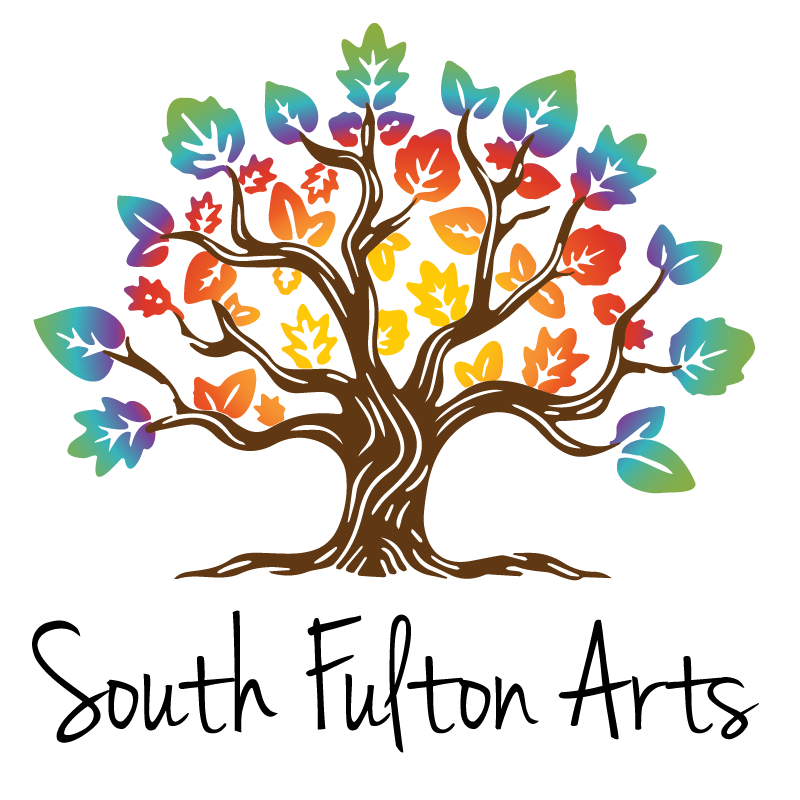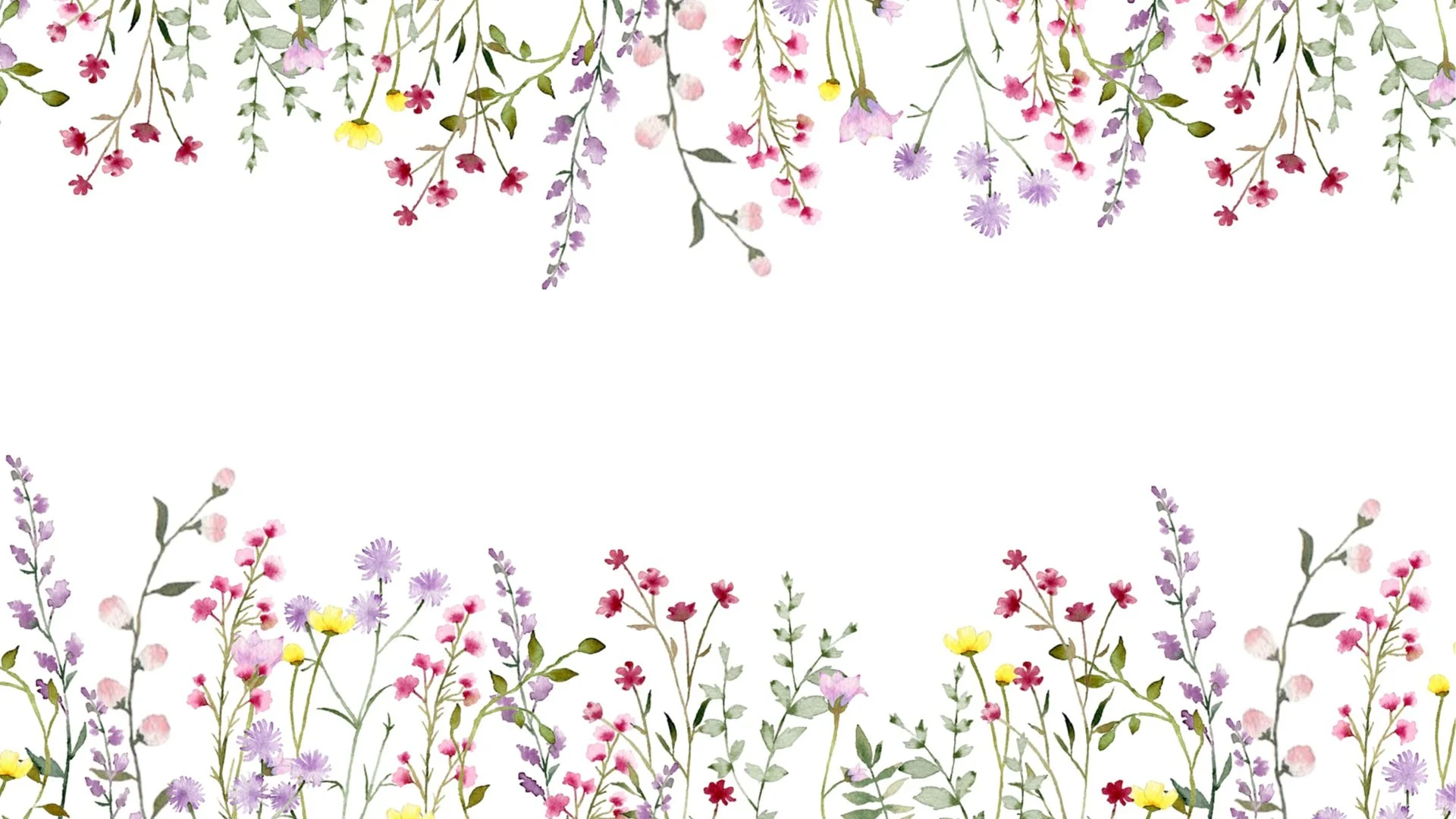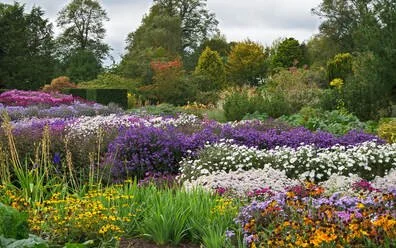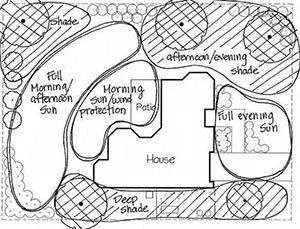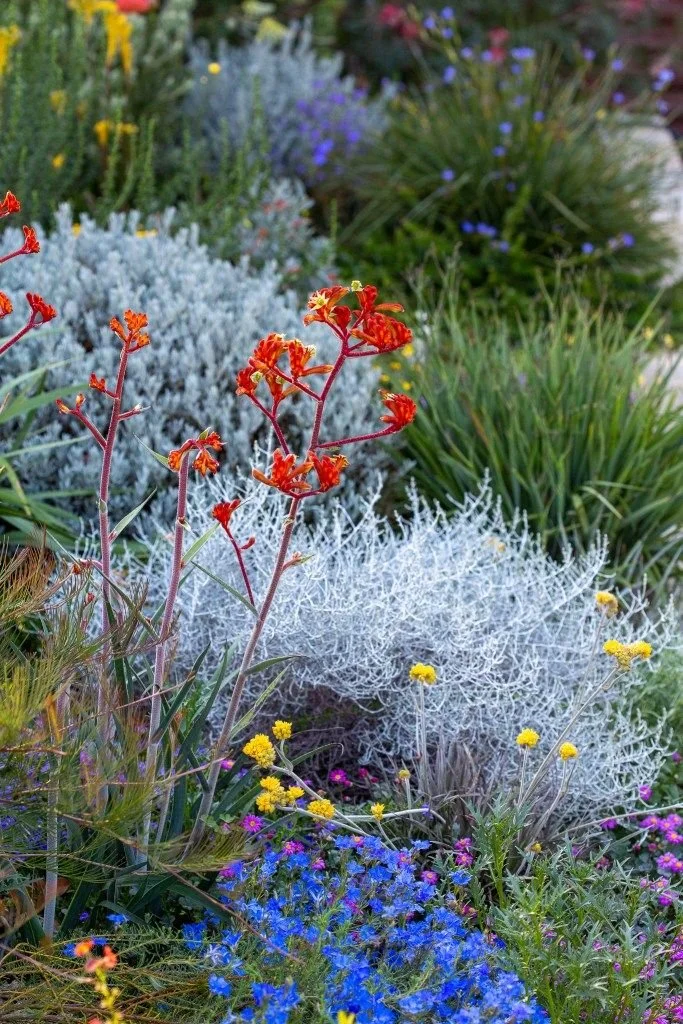How to Build Your Own Native Garden
Native Gardens are a great option for those who may want a low maintenance and rewarding gardening experience. Cultivating native plants helps protect the natural biodiversity of Georgia and keep our wildlife flourishing. Many of our bees and butterflies love pollinating native trees and plants! With the help of a native garden you can do your part to help combat climate change and keep a beautiful garden growing year round.
Pre-Planning Your Space
Take the time to survey the area that you are planning to use for the garden. Ask yourself these questions:
Do you already have things like trees or plants?
Leave them be! Even if they are not technically native, they will add a lot to your garden.
Is it very sunny?
Native plants marked “sun” need at least 6 hours of direct sunlight per day.
Does the water drain easily, or does it sit there for a bit? Are you close to a river or lake that may periodically flood?
What kind of soil do you have? Is it more sandy, or more clay-y?
Where is this located?
If it is by a fence, you may want taller plants.
If it is in the middle of a garden, perhaps you want smaller plants so you are not visually dwarfing the space.
Choosing the right plants
More Options to Think about
Planning the Garden
Draw out a plan for your garden.
Include flower color, height of plants, blooming time – this will help you to make sure that your garden will be in bloom year round and will look how you want. - It is easier to maintain a garden if you can match plants with climate!
Work to create a garden that looks as wild as possible
Add as many shapes of flowers as you can.
Try to not overly control your garden – complex, functional plants are better for pollinators.
Try to eventually have a provision for all needs for wildlife in your area – fruiting species, nutting species, understory shrubs, mosses, evergreens, etc.
Leave dead trees in place if you can!
Cluster your plants and put several of the same species together – groups of 5+ plants of the same species will better attract pollinators.
If you are having trouble figuring out which plants are native to your region, the National Wildlife Federation’s native plant finder is a good place to start. There you can filter your results by zip code and find which plants will attract the most butterflies in your region.
Things to consider:
Keep your plants in scale – choose plants that will not grow taller than ½ of your bed width
Consider the Succession of bloom - you’ll want to find plants that grow in different seasons to ensure that your garden will always be in bloom
Sun-loving vs Shade-loving plants: Some plants prefer direct sunlight others not so much. It’s important to think about your available land and which plants belong where.
For Wildlife
This URL links to the suggested list for 30311 zip code, but you can search by another zip code in the top search bar!
By Type
By Function
